Establishing perennials beyond the reach of hoses
wantonamara Z8 CenTex
9 years ago
Related Stories

GARDENING GUIDESTop 12 Summer-Blooming Perennials for Deer-Resistant Drama
Can you have garden color, fragrance and exciting foliage with hungry deer afoot? These beauties say yes
Full Story
FLOWERSRudbeckia Mania: Go Beyond Black-Eyed Susan in the Garden
Branch out from typical nursery fare, with lesser-known Rudbeckia species that have delightfully unexpected features
Full Story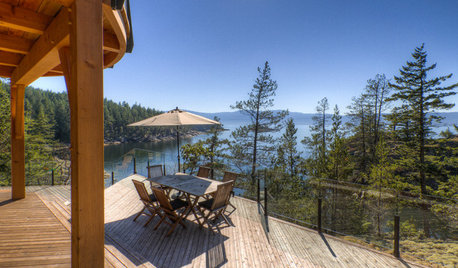
DECKSDecking Materials Beyond Basic Lumber
Learn about softwoods, tropical hardwoods, composites and more for decks, including pros, cons and costs
Full Story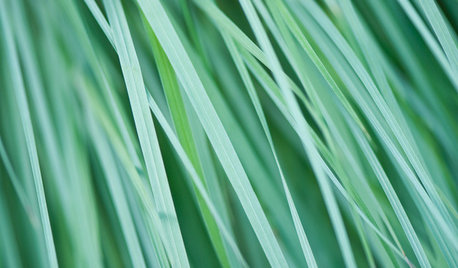
GARDENING GUIDESGreat Design Plant: Little Bluestem Goes Above and Beyond
It thrives in poor soil and provides food and shelter for wildlife. Plus, Schizachyrium scoparium is just a darn pretty native grass
Full Story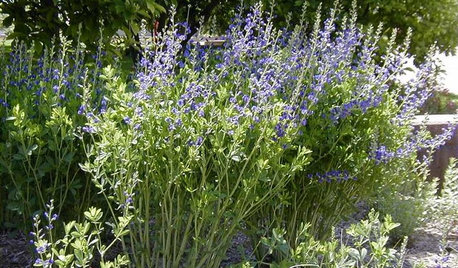
GARDENING GUIDES5 Great Plants for Borders and Screens
Get the effects of a shrub but in less time — and drawing more winged pollinators — with these herbaceous perennials
Full Story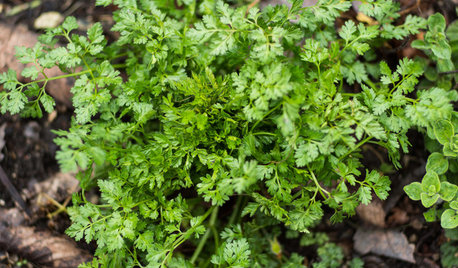
EDIBLE GARDENSHerb Garden Essentials: Discover Delicate Chervil
Go beyond the tried-and-true edible herbs and try this nonconformist that's surprisingly easy to grow
Full Story
GARDENING FOR BUTTERFLIES3 Ways Native Plants Make Gardening So Much Better
You probably know about the lower maintenance. But native plants' other benefits go far beyond a little less watering and weeding
Full Story
GARDENING GUIDESVegetables and Flowers Mix in Beautiful Edible Gardens
Ornamentals, meet your edible garden mates. We know you'll get along just beautifully
Full Story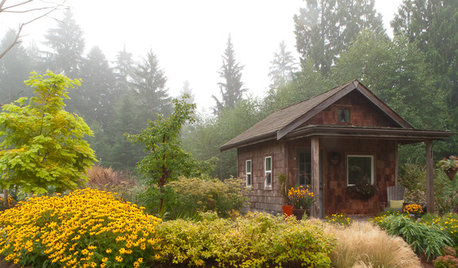
PLANTING IDEASGreat Garden Combo: A Fall Landscape Scene That Lasts
Span the seasons with trees, shrubs and grasses that offer color and texture in abundance
Full Story
EARTH DAYGrow a Beautiful Garden With Ecofriendly Greywater
Reducing home water waste means lower bills and a healthier planet. Here's how to set up a greywater home irrigation system that can help
Full Story





lazy_gardens
dbarron
Related Discussions
How to you hide / conceal your garden hose? PIC
Q
An established Aralia Sun King?
Q
How far apart to lay soaker hoses for perennials?
Q
short perennials for SoFla?
Q
jadeite
wantonamara Z8 CenTexOriginal Author
ken_adrian Adrian MI cold Z5
dbarron
wantonamara Z8 CenTexOriginal Author
renais1
jadeite
wantonamara Z8 CenTexOriginal Author
wantonamara Z8 CenTexOriginal Author
dbarron
dbarron
renais1
ken_adrian Adrian MI cold Z5
dbarron
jadeite
User
dbarron
TexasRanger10
User
TexasRanger10
jadeite
haynesj1